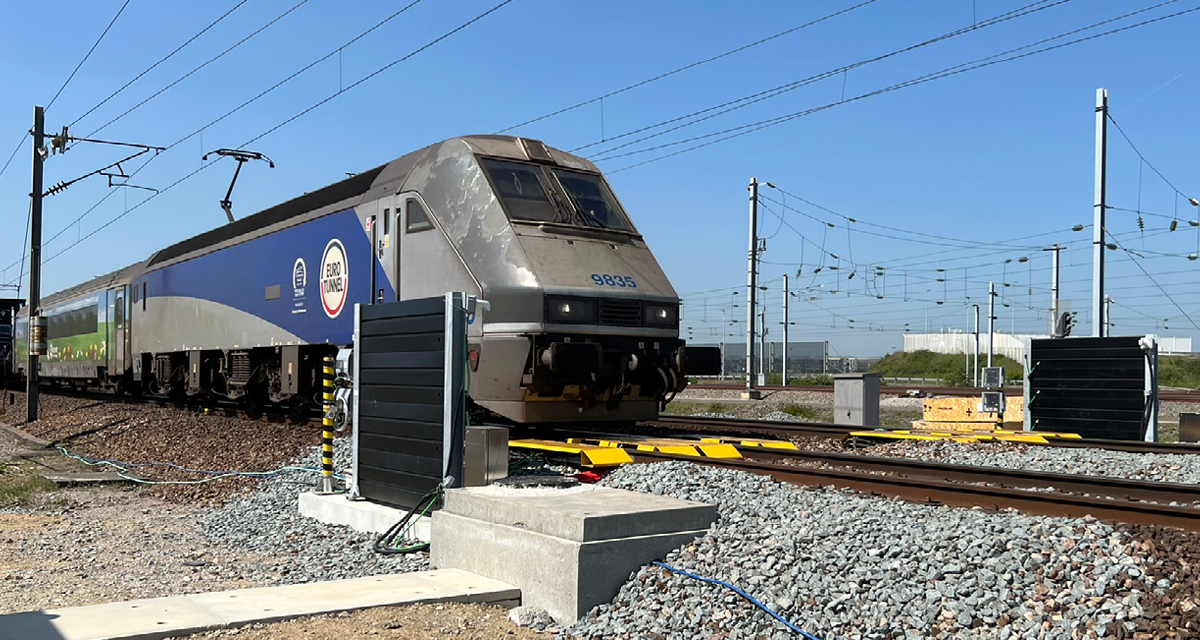Frauscher Sensor Technology has completed the divestiture to Wabtec Corporation.
Find Out MoreNotification Center

Train DetectionUnited States of America
Reducing Delays in a Metro (subway) Environment
A large metro operator was researching ways to reduce bottlenecks that were causing significant delays at a busy station. With two routes dividing in close proximity to the station and a complex auto-routing system that required the use of a 30-second timer to release switches, trains would frequently back up when approaching the station.
The primary goal for any busy Metro line is to move passengers safely and efficiently. When consistent and unnecessary delays interfere with such goals, operators eventually look for improvements. In this instance, consultants were tasked with finding a solution, focusing on the legacy signaling system that was unable to offer relief from the bottlenecks.
The main issue leading to delays involved the switch located directly after the station platform being locked in its position for 30 seconds when the approach is occupied. Stopped trains that require the switch to be thrown in reverse position would have to wait for a 30 second ASR (Approach Stick Relay) timer to expire.
In conjunction with the operator, Frauscher was able to design a simple wheel detection solution that positively verifies when a train is berthed at the station platform, allowing a bypass of the 30 second timer. The berthing is verified within 5 seconds, allowing unnecessary dwell time to be saved each time a train takes a route requiring the switch to be thrown. The operator reported dwell time reductions of 40 minutes per day since the system has been in service.
Improved Controls
More granular detection of berthed trains; vital and fail-safe system
Reduction in delays
Allows for quicker response times at timing circuits, providing relief at bottleneck areas and a daily savings of approximately 40 minutes dwell time per day
Ease of Integration
The flexibility of the Frauscher system allowed for a seamless integration with the existing relay-based signal system
This might also interest you

ServicesAustria
Salzburger Lokalbahn

Data TransmissionUnited Kingdom of Great Britain and Northern Ireland
Headbolt Lane to Rainford Project

Train DetectionPoland
Metro Warsaw

Train DetectionFrance
Axle counting adds fail-safe control to laser diagnostics
